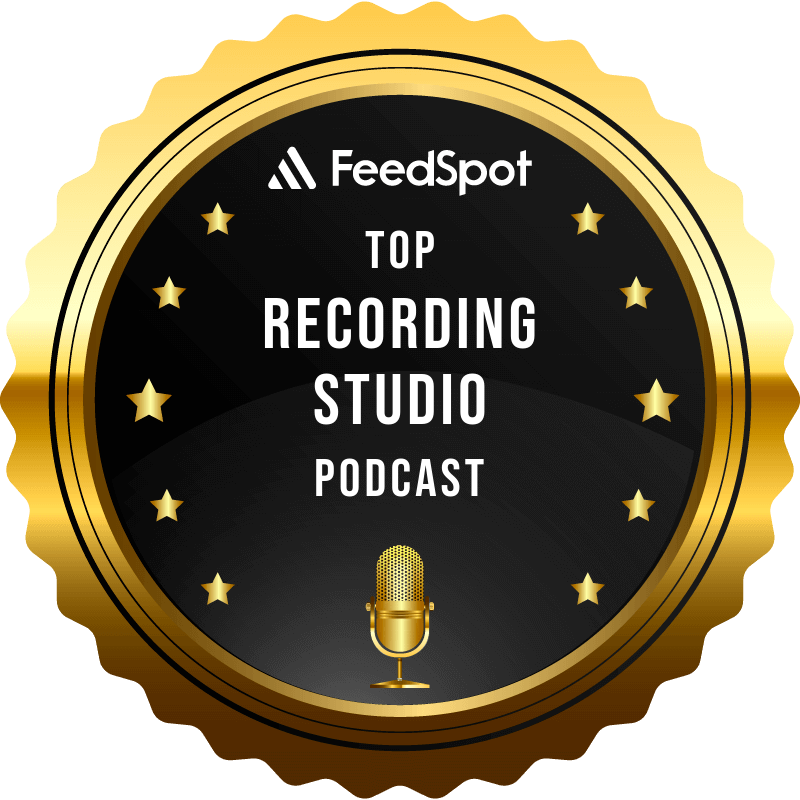Every great mix starts with a vision. Before EQ tweaks or compressor settings, a mix engineer has to know where the song wants to go. In this episode of Inside the Recording Studio, Chris and Jody break down the often-overlooked art of shaping a mix vision — how to hear the rough version of a track and imagine its potential.
The process isn’t just technical; it’s creative. They explore how listening to a client’s rough mix provides critical clues, and how conversations with the artist about goals, influences, and emotional intent set the stage. Style and genre matter too—an EDM track, a country ballad, and an indie rock anthem each demand a different sonic treatment. Arrangement, instrumentation, and performance nuance all help define the roadmap.
Chris and Jody share their strategies for interpreting those elements, from subtle panning decisions to layering reverbs, to making bold choices about dynamics. They explain how communication with the client is just as important as turning knobs: translating abstract ideas like “make it sound bigger” or “give it more air” into concrete mixing decisions.
For producers and engineers working with home studio gear, this episode offers plenty of recording setup tips and practical wisdom. Even if you’re not mixing chart-toppers, you’ll learn how to establish a clear direction that makes your mixes intentional instead of accidental.
And, of course, it wouldn’t be an episode with Chris and Jody without humor, banter, and a reminder that mixing is equal parts craft and art. If you’ve ever opened a rough mix and thought, “Now what?”—this episode is your guide to finding the answer.
******************************
Gear we used:
Jody’s Mic & Voice Chain: Telefunken C12 – Groove Tubes Vipre – Apollo – UA Neve 1073 – UA LA2A – UA Studer A800
Jody’s Channel Strip: iZotope RX Spectral DeNoise – iZotope RX Mouth DeClick – UA Neve 1073 – UA LA2A – UA 1176E
Chris’ Mic & Voice Chain: Slate ML1 – Apollo – UA – Slate VMR (FG12, FG73, API Eq, SSL 4kE) – iZotope RX Voice – DeNoise
Chris’ Channel Strip: Eventide Precision Time Align – iZotope RX Spectral DeNoise – iZotope RX Mouth DeClick – UA Neve 1073 – UA LA2A – UA 1176E
Master: Oek Sound Soothe 2 – iZotope Ozone Imager – iZotope Ozone Maximize.
******************************
If you want to collaborate, sponsor a podcast, donate, or want us to review your product – contact us at: collaborate@insidetherecordingstudio.com


